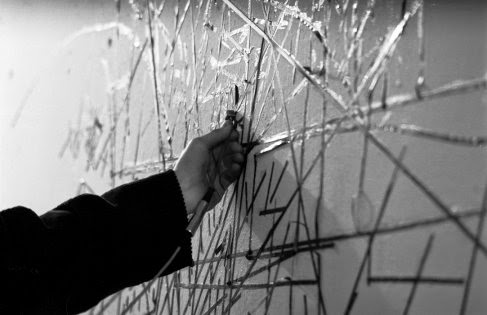Artist Post: Charles Csuri
Charles Csuri is a digital artist and professor at Ohio State University. Csuri was an "All- American" football player for Ohio State. He was on the path to becoming a professional football player. Csuri turned down offers to become a professional football player so he could study art at the graduate level. After school, Csuri went back to teach at Ohio State University. Csuri's interest in digital art push his to create groups that worked to study and learn more about this new and growing art form. Csuri founded the Computer Graphics Research Group, the Ohio Super Computer Graphics Project, and the Advanced Computing Center for Art and Design.
Csuri began his digital career as a researcher. This research has been applied to flight simulators, computer-aided design, architecture, magnetic resonance imaging, visualization of scientific phenomena and special effects for T.V. and film. creating a massive influence in the field, he moved to computer animated films. He made several computer animated films and even won an award for his work if animations. Csuri's work is know around the world because of his interviews on the Today Show and CNN. He also was interviewed in Sweden, England, France, Italy, Spain, Holland, Germany, and Japan. Csuri's first recognized pieced was made in 1964. Csuri originally had an interest in painting. Many of his works reflect his painterly style. Csuri used digital art as a way to challenge the way the world thinks about art and it purpose.











.jpg)



